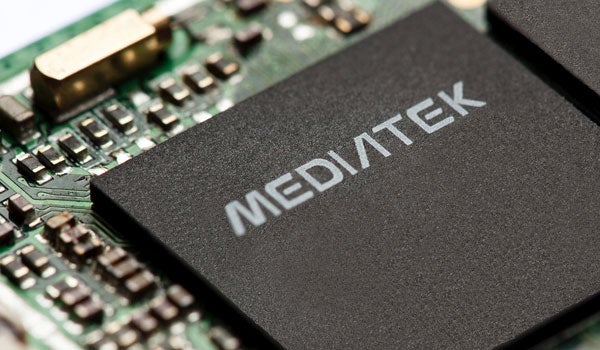MediaTek wants to put 10 processor cores in your next smartphone

MediaTek has officially detailed its next system-on-a-chip, and it’s fairly unique as far as mobile processors go.
That’s because the MT6797, dubbed the ‘Helio X20’, uses a deci-core processor arrangement, as reported by GizChina.
‘Deci-core, what the hell is deci-core?!’ we hear you cry. Well it’s ten cores, all dedicated to providing computing heft on your smartphone.
Here’s how that breaks down: The first four cores are Cortex-A53 clocked at 1.4GHz, which handle very basic tasks.
Then there are a further four Cotex-A57 cores, clocked at 2GHz, which handle more demanding processes.
Finally, there are two Cortex-A72 cores clocked at 2.5GHz for dealing with very demanding tasks that require short bursts of processing power. The Cortex-A72 processors are ARM’s latest high-end designs, so this is most definitely a flagship chipset.
The real question is whether we actually need ten processor cores on a smartphone. Heck, did we even need eight cores?
When you run a simple app, a single processor core will most likely be handling the computing.
However, some apps support multi-threading, which is where the app can take advantage of two or more cores. Currently, most apps don’t support multi-threading across more than four cores.
Related: Best Android Smartphone 2015
Cores aside, the Helio X20 has a strong spec sheet behind it. It makes use of an ARM Mali-T880 MP4 graphics chip clocked a 700MHz, can handle H.265 4K video encoding and decoding, supports a 25-megapixel camera, and can power displays up to a resolution of 2560 x 1600.
Unfortunately, one oversight is that the chip only supports LPDDR3 RAM, instead of the newer and faster LPDDR4 RAM. The Helio X20 also only supports Cat.6 4G/LTE carrier aggregation, while rival Qualcomm has already cracked Cat.9.
Like Qualcomm’s Snapdragon 810, the Helio X20 is built using a 20nm manufacturing process. That’s not as efficient as Samsung’s 14nm FinFET process, mind.
Has the world gone spec sheet mad, or are you desperate to add more cores to your smartphone? Let us know in the comments.


